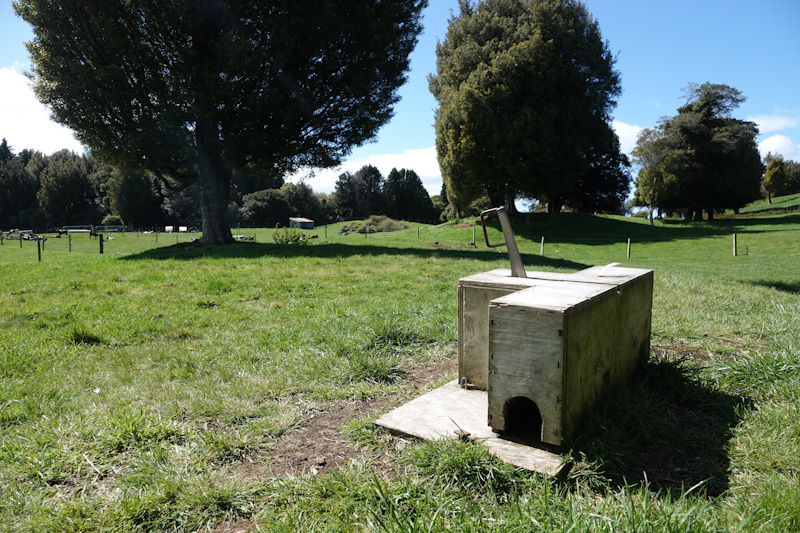Māori views on pest control: the what, the why, and possible ways forward
In a first-of-its-kind study, Māori respondents show a willingness to engage in novel pest control technologies in order to preserve the interplay between local cultural identity and the distinct ecosystems of Aotearoa.

It was through their interactions with the ecosystems of Aotearoa that Moananui explorers became tangata whenua, Māori.
Supressed by colonisation, the traditions of Māori could be remembered by looking to the natural world, and vice versa, tikanga Māori records the pre-European histories of one of Earth’s most distinct terrestrial biomes.
Today, Māori are still recovering the discoveries and teachings from ancestral mātauranga (knowledgeable people, scientists and scholars) obscured to them by colonisation, right alongside the development of novel indigenous ideas and technologies.
The unwanted introduction of invasive animals, plants and pathogens directly endanger how tikanga Māori and te ao tūroa (the natural world) continuously interplay. A study recently published by Professor Amanda Black (BioProtection Aotearoa) and her team aimed to understand the drivers that shape Māori attitudes and the social acceptability of invasive species control in Aotearoa.
The team’s data was collected from just over a thousand Māori respondents using an online survey. Participants evaluated statements such as “Today’s scientists will sacrifice the well-being of others to advance their research” using a sliding scale, from 1 (strongly disagree) to 7 (strongly agree). The researchers then collated and analysed the results.
They found Māori feel strongly about biosecurity and its role in keeping Aotearoa free from pests, diseases and invasive predators, and thereby preserving (and developing) tikanga Māori. However, our history of colonial violence and the privileging of Eurocentric methodologies may be a driving force behind a mistrust of foundational science.
“Eurocentric science shares history with the authoritarian-based institutions that have been indifferent towards Indigenous people, or worse,” says Amanda. Despite this, a cautious slant on general science gives way to a more trusting outlook on scientists themselves.
“This shows that relationships are being built with individuals and not institutions, and that through positive and considerate engagement there is potential for dialogue and persuasion on contentious subjects.”
The study was based on an Aotearoa-wide sample (n = 8199 in total; self-identified Māori, n = 1015). New Zealanders in general feel they have a high level of knowledge on the topic of pest management. While this perceived knowledge doesn’t translate to actual knowledge in the field, it does complement a high level of willingness to engage in conservation and eco-friendly behaviours.
For Māori respondents, this willingness is mainly influenced by a concern for whānau well-being, and the broader well-being of society, as well as the values of tikanga Māori.
“Engagement strengthens where Māori see themselves in a project or programme,” says Amanda. “Where they play a meaningful part, where their values and ideology has a voice, and where the benefits are clearly obvious.” Te Tiriti o Waitangi principles and financial factors are less significant, but still strong influences.
Achievements in Predator Free 2050 (recognised as the world’s largest mammal eradication programme) rely on support and positive engagement from the public. With Māori being the second largest group of landowners after the New Zealand government it is critical that Māoritanga is reflected in relation to the technologies used for the control of invasive mammals. Understanding values and perceptions help build strong pathways for future engagement and decision-making regarding pest management in Aotearoa.
“Developing trust with the communities that [pest management developers] wish to work with is key to successful engagement,” says Amanda. “This takes time, effort and patience. There are no short cuts.”
BioHeritage is proud to have co-funded this research as part of the Tranche 1 (2014 – 2019) project Public Perceptions of New Pest Control Methods. You can read the full article here.